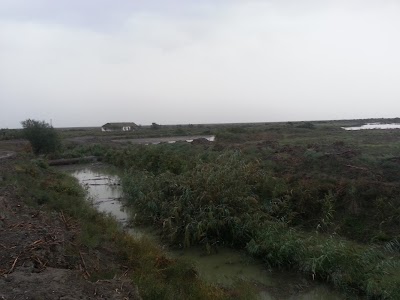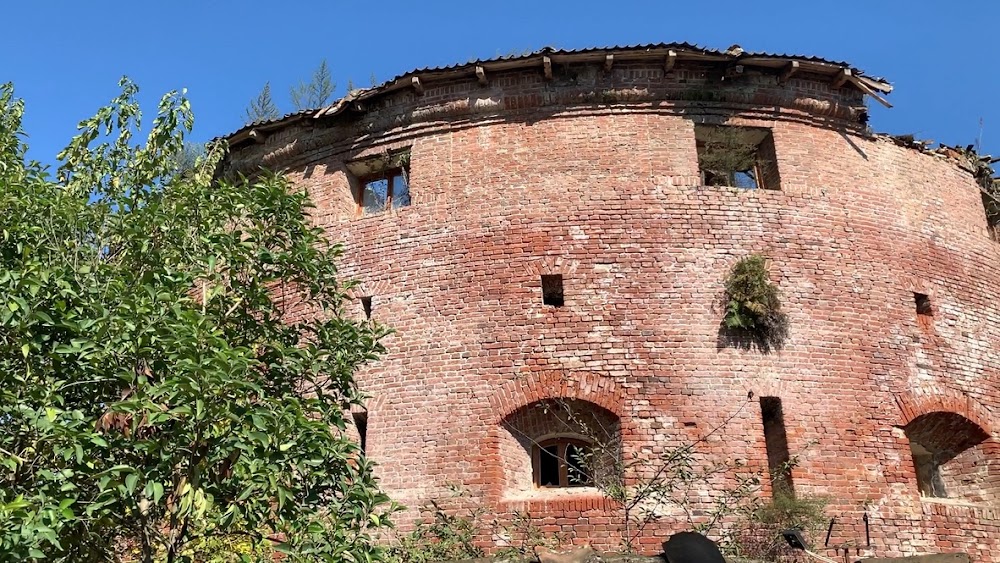Mayak (Lighthouse) (Mayak)
Overview
The Lankaran Lighthouse, also known as the Mayak, is a remarkable historical and architectural monument situated in the coastal city of Lankaran, Azerbaijan. This iconic structure not only serves as a navigational aid but also tells the story of the city’s rich maritime heritage.
Constructed in the 18th century, the lighthouse was built under the direction of local authorities who recognized the critical need for a guiding light along the Caspian Sea. Given Lankaran's strategic coastal position, the lighthouse was essential for ensuring safe passage for ships navigating in and out of the harbor, helping them avoid treacherous waters.
The lighthouse showcases a beautiful blend of traditional Azerbaijani architecture and practical maritime engineering. Made primarily of local stone and lime, the structure was designed to withstand the harsh sea winds and salty air. Craftsmen employed traditional techniques, meticulously carving and placing each stone to form a robust and enduring tower.
Standing tall, the lighthouse’s height allowed its light to be visible from great distances. Initially, it used oil lamps, which required a dedicated keeper to light them each evening. Access to the lantern room was provided by a spiral staircase that wound its way inside the tower, leading to the top where the light mechanism was housed. A specially designed Fresnel lens amplified the light’s reach, marking a significant advancement in lighthouse technology at the time.
During the Russian Empire's expansion, the Lankaran Lighthouse became part of a broader network of navigational aids aimed at enhancing maritime safety across the Caspian Sea. Its importance grew as it served as a critical checkpoint for vessels transporting goods and passengers along this vital maritime route.
In the early 20th century, significant technological advancements modernized the lighthouse. Oil lamps were replaced with more efficient kerosene lamps, and eventually, electric lights enhanced both the brightness and reliability of its signal. Over the years, the structure underwent maintenance and restoration to preserve its integrity, ensuring it remains a vital navigational aid.
Throughout its history, the Lankaran Lighthouse has faced numerous challenges, including natural wear and tear and changes in maritime navigation technology. Remarkably, it has stood the test of time, continuing to serve as a steadfast beacon on the Caspian Sea—a testament to the resilience and ingenuity of its original builders.
Today, the lighthouse not only functions as a navigational aid but also stands as a historic relic that attracts numerous visitors, including history enthusiasts, tourists, and maritime professionals eager to experience this extraordinary structure up close.
The Lankaran Lighthouse continues to shine brightly as a symbol of safety and guidance for sailors, while serving as a poignant reminder of the city’s enduring relationship with the sea.









